Your Path Toward My Future Scares Me!
With little effort or financial investment you too can help change the world.
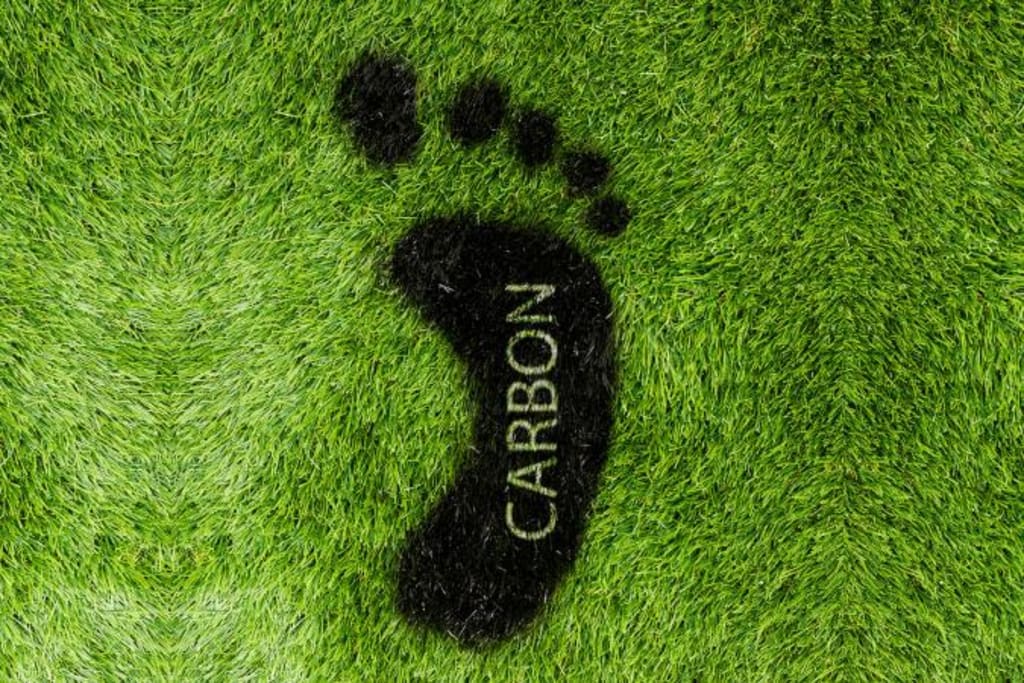
Each of us as individuals can make a difference by reducing our personal greenhouse gas emissions. While there are many ways to do this and save energy—such as insulating your home, putting up solar panels, and planting trees—the following are the simplest and easiest changes that I have made to reduce my carbon footprint. With little effort or financial investment you too can help change the world.
First, calculate your carbon footprint
Your carbon footprint is the number of greenhouse gases—including carbon dioxide, methane, nitrous oxide, fluorinated gases, and others—that you produce as you live your life.
Currently, the average U.S. per capita carbon footprint is 18.3 tons. By comparison, China’s per capita carbon emissions are 8.2 tons. We all have a ways to go to get to 1.87 tons.
Calculate your carbon footprint at carbonfootprint.com to find out how you’re doing. The EPA’s carbon footprint calculator can show how much carbon and money you will save by taking some of these steps.

Here are some of the easiest ways you can start to shrink your carbon footprint.
Food
1. Eat low on the food chain. This means eating mostly fruits, veggies, grains, and beans. Livestock—meat and dairy—is responsible for 14.5 percent of manmade global greenhouse gas emissions, mainly from feed production and processing and the methane (25 times more potent than CO2 at trapping heat in the atmosphere over 100 years) that beef and sheep belch out.
Every day that you forgo meat and dairy, you can reduce your carbon footprint by 8 pounds—that’s 2,920 pounds a year. You can start by joining Meatless Mondays.

2. Choose organic and local foods that are in season. Transporting food from far away, whether by truck, ship, rail or plane, uses fossil fuels for fuel and for cooling to keep foods in transit from spoiling.
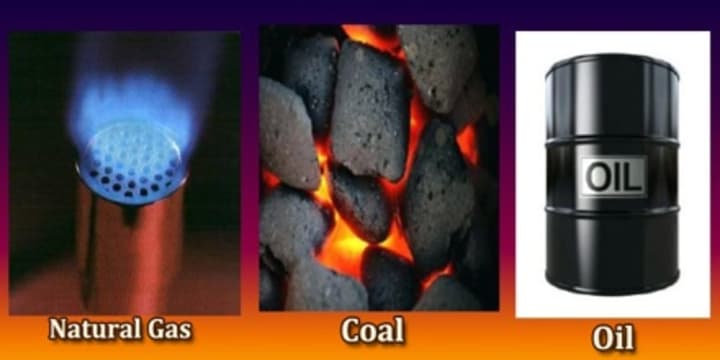
3. Buy foodstuffs in bulk when possible using your own reusable container. Plastic bags start out as fossil fuels and end up as deadly waste in landfills and the ocean. Birds and other animals often mistake shredded plastic bags for food, filling their stomachs with toxic debris.
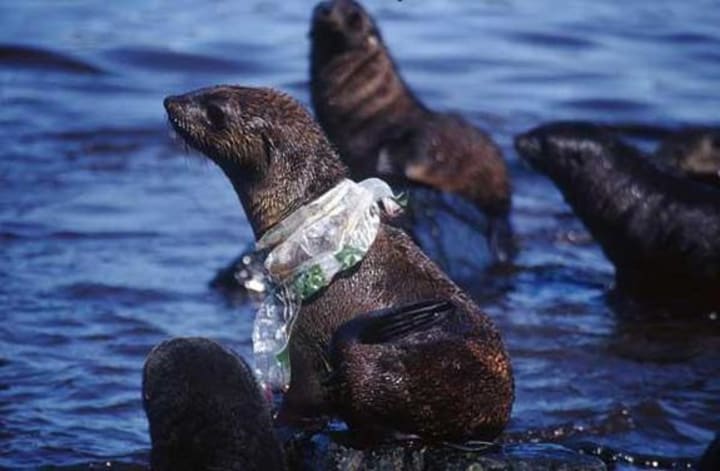
4. Reduce your food waste by planning meals ahead of time, freezing the excess, and reusing leftovers.
5. Compost your food waste if possible.
Clothing
6. Don’t buy fast fashion. Trendy, cheap items that go out of style quickly get dumped in landfills where they produce methane as they decompose. Currently, the average American discards about 80 pounds of clothing each year, 85 percent of which ends up in landfills. In addition, most fast fashion comes from China and Bangladesh, so shipping it to the U.S. requires the use of fossil fuels. Instead, buy quality clothing that will last.
7. Even better, buy vintage or recycled clothing at consignment shops. Don't be shy about shopping in thrift stores! You'll save a ton of money while also recycling clothing.
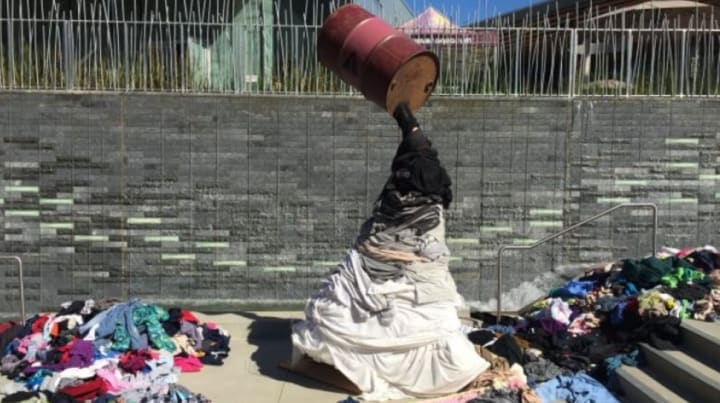
8. Wash your clothing in cold water. The enzymes in cold water detergent are designed to clean better in cold water. Doing two loads of laundry weekly in cold water instead of hot or warm water can save up to 500 pounds of carbon dioxide each year.
Shopping
9. Buy less stuff! And buy used or recycled items whenever possible.
10. Bring your own reusable bag when you shop.
11. Try to avoid items with excess packaging.
12. If you’re in the market for a new computer, opt for a laptop instead of a desktop. Laptops require less energy to charge and operate than desktops.

13. If shopping for appliances, lighting, office equipment, or electronics, look for Energy Star products, which are certified to be more energy efficient.
14. Support and buy from companies that are environmentally responsible and sustainable.
Home
15. Do an energy audit of your home. This will show how you use or waste energy and help identify ways to be more energy-efficient.
16. Change from incandescent light bulbs (which waste 90 percent of their energy as heat) to light-emitting diodes (LEDs). Though LEDs cost more, they use a quarter of the energy and last up to 25 times longer. They are also preferable to compact fluorescent lamp (CFL) bulbs, which emit 80 percent of their energy as heat and contain mercury.
17. Switch lights off when you leave the room and unplug your electronic devices when they are not in use.
18. Turn your water heater down to 120˚F. This can save about 550 pounds of CO2 a year.
19. Installing a low-flow showerhead to reduce hot water use can save 350 pounds of CO2. Taking shorter showers helps, too.
20. Lower your thermostat in winter and raise it in summer. Use less air conditioning in the summer; instead opt for fans, which require less electricity. And check out these other ways to beat the heat without air conditioning.
21. Sign up to get your electricity from clean energy through your local utility or a certified renewable energy provider. Green-e.org can help you find certified green energy providers.
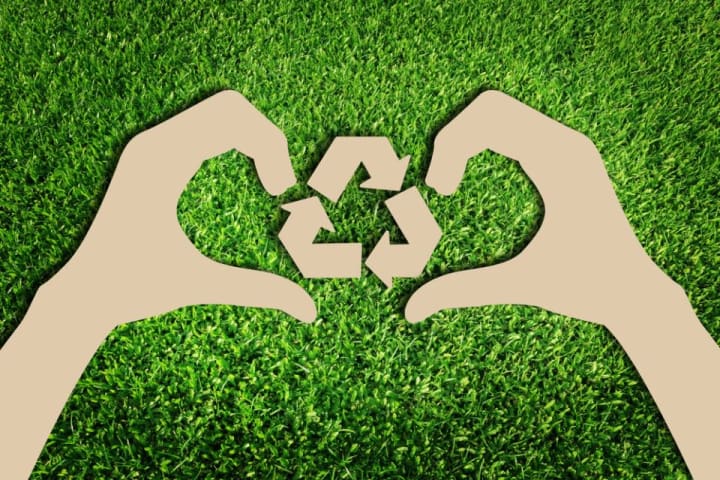
Transportation
Because electricity increasingly comes from natural gas and renewable energy, transportation became the major source of U.S. CO2 emissions in 2017. An average car produces about five tons of CO2 each year (although this varies according to the type of car, its fuel efficiency, and how it’s driven). Making changes in how you get around can significantly cut your carbon budget.
22. Drive less. Walk more! Take public transportation, carpool, ride share, or bike to your destination when possible. This not only reduces CO2 emissions, but it also lessens traffic congestion and the idling of engines that accompanies it.
23. If you must drive, avoid unnecessary braking and acceleration. Some studies found that aggressive driving can result in 40 percent more fuel consumption than consistent, calm driving.
24. Take care of your car. Keeping your tires properly inflated can increase your fuel efficiency by three percent, and ensuring that your car is properly maintained can increase it by four percent. Remove any extra weight from the car.

25. When doing errands, try to combine them to reduce your driving.
26. Use traffic apps like Waze to help avoid getting stuck in traffic jams.
27. On longer trips, turn on the cruise control, which can save gas.
28. Use less air conditioning while you drive, even when the weather is hot. Opt-in for rolling down the windows and feeling the wind in your hair.
29. If you’re shopping for a new car, consider purchasing a hybrid or electric vehicle. But do factor in the greenhouse gas emissions from the production of the car as well as its operation. Some electric vehicles are initially responsible for more emissions than internal combustion engine vehicles because of manufacturing impacts, but they make up for it after three years.
Air travel
30. If you fly for work or pleasure, air travel is probably responsible for the largest part of your carbon footprint. Avoid flying if possible; on shorter trips, driving may emit fewer greenhouse gases.
32. Fly nonstop since landings and takeoffs use more fuel and produce more emissions.
33. Go economy class. Business-class is responsible for almost three times as many emissions as economy because in economy, the flight’s carbon emissions are shared among more passengers, first class can result in nine times more carbon emissions than economy.
34. If you can’t avoid flying, offset the carbon emissions of your travel.

Carbon offsets
A carbon offset is an amount of money you can pay for a project that reduces greenhouse gases somewhere else. If you offset one ton of carbon, the offset will help capture or destroy one ton of greenhouse gases that would otherwise have been released into the atmosphere. Offsets also promote sustainable development and increase the use of renewable energy.
This calculator estimates the carbon emissions of your flight and the amount of money needed to offset them. For example, flying economy roundtrip from New York to Los Angeles produces 1.5 tons of CO2; it costs $43 to offset this carbon.
You can purchase carbon offsets to compensate for any or all of your other carbon emissions as well.
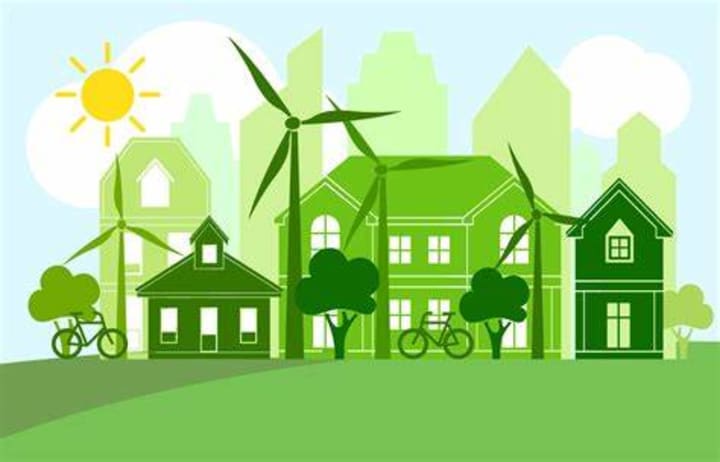
The money you pay goes towards climate protection projects. Various organizations sponsor these projects. For example, Myclimate funds the purchase of energy-efficient cookstoves in Rwanda, installing solar power in the Dominican Republic, and replacing old heating systems with energy efficient heat pumps in Switzerland. Cotap sustainably plants trees in India, Malawi, Mozambique, Uganda and Nicaragua to absorb CO, you can sign up for monthly offsets here. Terrapass funds U.S. projects utilizing animal waste from farms, installing wind power, and capturing landfill gas to generate electricity. It also offers a monthly subscription for offsets.
Get politically active
35. Finally—and perhaps most importantly since the most effective solutions to climate change require governmental action—vote! Become politically active and let your representatives know you want them to take action to phase out fossil fuels use and decarbonize the country as fast as possible.
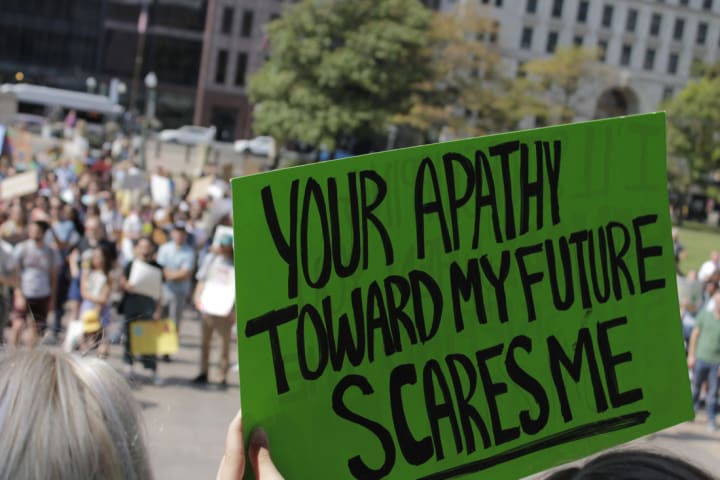
It really costs nothing to help make the world a better place!
About the Creator
Rebecca Lynn Ivey
I wield words to weave tales across genres, but my heart belongs to the shadows.
❤️Heart and subscribe!
💲Tips mean the world!
Enjoyed the story? Support the Creator.
Subscribe for free to receive all their stories in your feed. You could also pledge your support or give them a one-off tip, letting them know you appreciate their work.


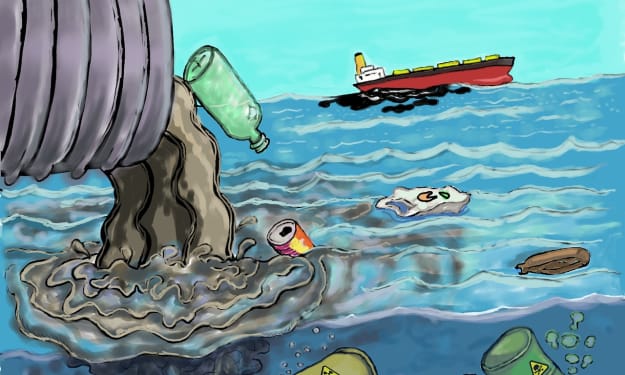



Comments
There are no comments for this story
Be the first to respond and start the conversation.